Super-Resolution Technology Enhances Clinical Bone Imaging to Predict Osteoporotic Fracture Risk
|
By MedImaging International staff writers Posted on 12 Feb 2025 |
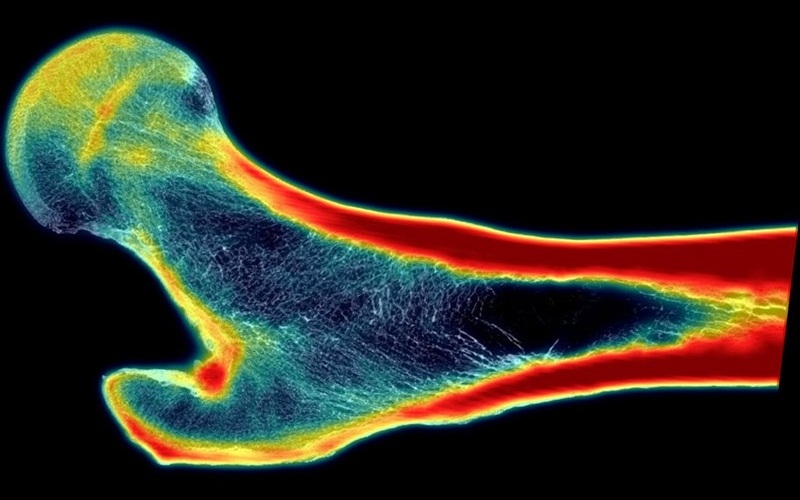
Osteoporotic fractures in the elderly represent a significant and widespread issue. Half of all women over the age of 55 will experience some form of fracture during their lifetime. Among the millions of individuals who suffer a hip fracture each year, 50% will never regain the ability to walk independently, and 20% will die within a year. Engineers and orthopedic clinicians are working to identify individuals at risk, as there are interventions available that can strengthen bones, but success depends on identifying who is most vulnerable. Currently, X-rays and CT scans are the most common methods used to assess fracture risk, but the resolution of both imaging techniques is too low to accurately assess the structural strength of the bone. Now, a new technology that improves clinical bone imaging and reduces osteoporotic fractures in the elderly uses artificial intelligence (AI) to generate super-resolution images that reveal the inner structures of bones in greater detail, helping to better assess fracture risk.
In their study, researchers at Southwest Research Institute (SwRI, San Antonio, TX, USA) discovered that in nearly all cases, super-resolution (SR)-enhanced images were more accurate than X-rays or CT scans at quantifying bone characteristics related to strength and fracture risk. The findings, published in the journal Bone, highlight the use of super-resolution technology, a type of AI that enhances the sharpness and detail of low-quality images. SwRI’s deep-learning SR method teaches the AI to recognize complex patterns and textures by exposing it to multiple examples, enabling it to predict what a higher-resolution image of the bone would look like based on low-resolution data.
The researchers have proposed integrating SR technology into medical imaging equipment, which would provide clinicians with both raw medical images, such as X-rays, and enhanced images processed with AI. These resulting images would be clearer and more detailed, potentially accompanied by additional diagnostics that could assist physicians in making more informed medical decisions. With access to high-resolution image data, various tools are available to predict the actual strength of the bone. Clinicians would be able to assess whether the bones are at risk of fracture and determine whether intervention is necessary to prevent injury. Once fracture risk is identified, doctors can recommend medications or exercises to strengthen vulnerable bones and reduce the likelihood of injury.
"Everybody falls. Everyone over the age of 55, and particularly those over 65, will fall at some point, so understanding bone strength for this population is important,” said SwRI’s Dr. Lance Frazer, the study’s lead author. “A lot can be done in terms of fall prevention. However, the imminent question remains: when you fall, are you at risk for a fracture? Knowing this is critical.”
Related Links:
SwRI
Latest General/Advanced Imaging News
- CT Colonography Beats Stool DNA Testing for Colon Cancer Screening
- First-Of-Its-Kind Wearable Device Offers Revolutionary Alternative to CT Scans
- AI-Based CT Scan Analysis Predicts Early-Stage Kidney Damage Due to Cancer Treatments
- CT-Based Deep Learning-Driven Tool to Enhance Liver Cancer Diagnosis
- AI-Powered Imaging System Improves Lung Cancer Diagnosis
- AI Model Significantly Enhances Low-Dose CT Capabilities
- Ultra-Low Dose CT Aids Pneumonia Diagnosis in Immunocompromised Patients
- AI Reduces CT Lung Cancer Screening Workload by Almost 80%
- Cutting-Edge Technology Combines Light and Sound for Real-Time Stroke Monitoring
- AI System Detects Subtle Changes in Series of Medical Images Over Time
- New CT Scan Technique to Improve Prognosis and Treatments for Head and Neck Cancers
- World’s First Mobile Whole-Body CT Scanner to Provide Diagnostics at POC
- Comprehensive CT Scans Could Identify Atherosclerosis Among Lung Cancer Patients
- AI Improves Detection of Colorectal Cancer on Routine Abdominopelvic CT Scans
- AI-Powered Abdomen Map Enables Early Cancer Detection
- Deep Learning Model Detects Lung Tumors on CT
Channels
Radiography
view channel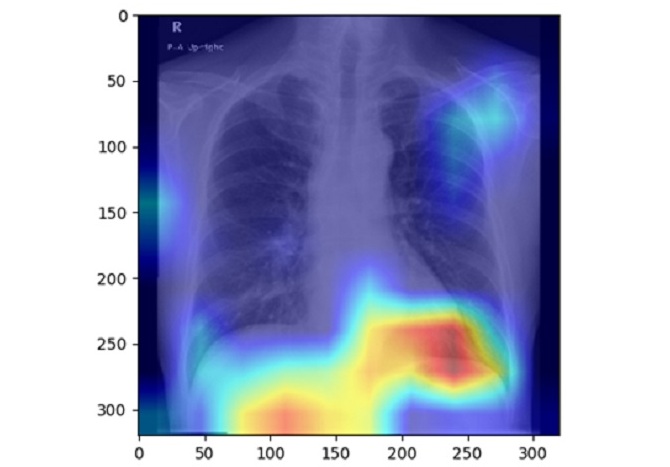
AI Detects Fatty Liver Disease from Chest X-Rays
Fatty liver disease, which results from excess fat accumulation in the liver, is believed to impact approximately one in four individuals globally. If not addressed in time, it can progress to severe conditions... Read more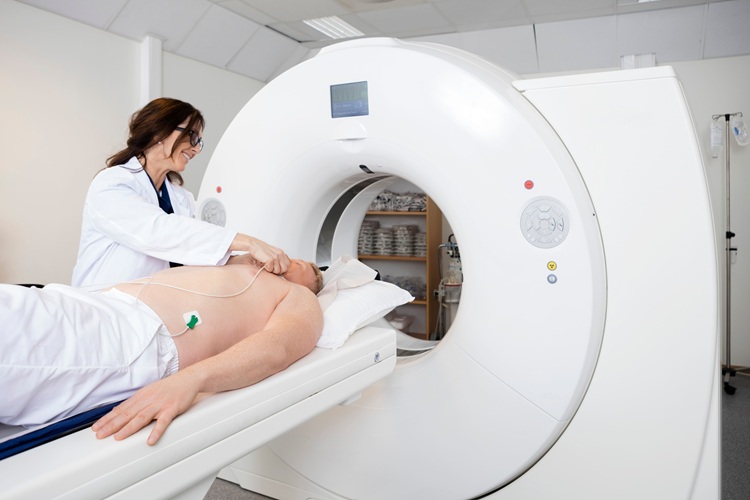
AI Detects Hidden Heart Disease in Existing CT Chest Scans
Coronary artery calcium (CAC) is a major indicator of cardiovascular risk, but its assessment typically requires a specialized “gated” CT scan that synchronizes with the heartbeat. In contrast, most chest... Read moreMRI
view channel
New MRI Technique Reveals Hidden Heart Issues
Traditional exercise stress tests conducted within an MRI machine require patients to lie flat, a position that artificially improves heart function by increasing stroke volume due to gravity-driven blood... Read more
Shorter MRI Exam Effectively Detects Cancer in Dense Breasts
Women with extremely dense breasts face a higher risk of missed breast cancer diagnoses, as dense glandular and fibrous tissue can obscure tumors on mammograms. While breast MRI is recommended for supplemental... Read moreUltrasound
view channel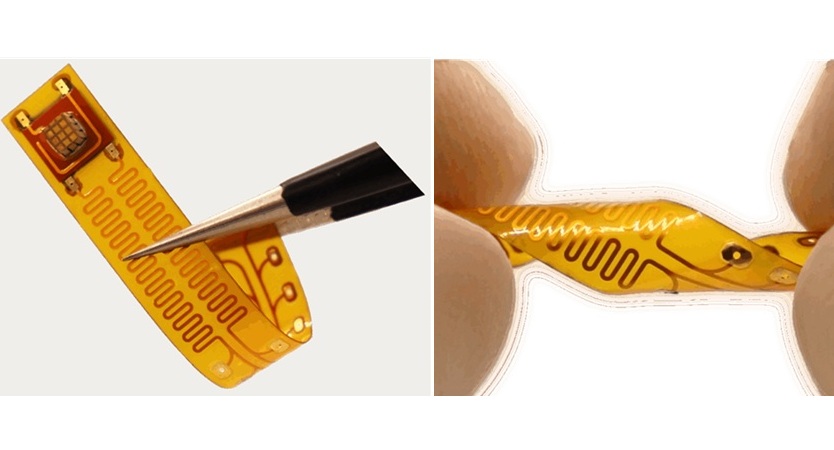
Wireless Chronic Pain Management Device to Reduce Need for Painkillers and Surgery
Chronic pain affects millions of people globally, often leading to long-term disability and dependence on opioid medications, which carry significant risks of side effects and addiction.... Read more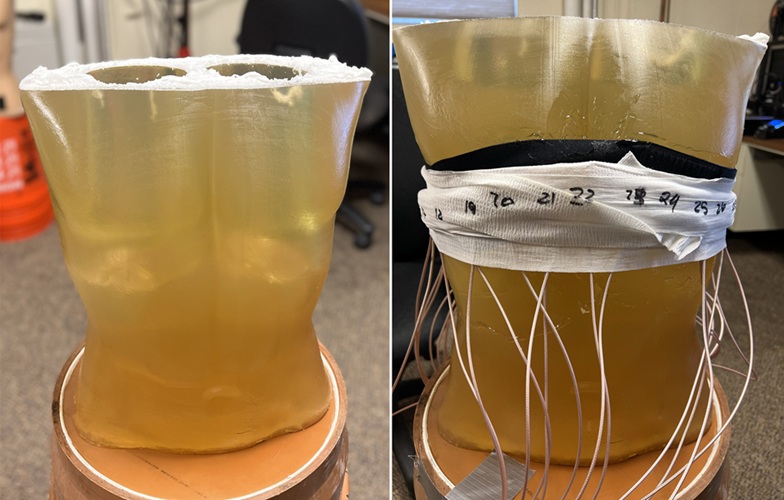
New Medical Ultrasound Imaging Technique Enables ICU Bedside Monitoring
Ultrasound computed tomography (USCT) presents a safer alternative to imaging techniques like X-ray computed tomography (commonly known as CT or “CAT” scans) because it does not produce ionizing radiation.... Read moreNuclear Medicine
view channel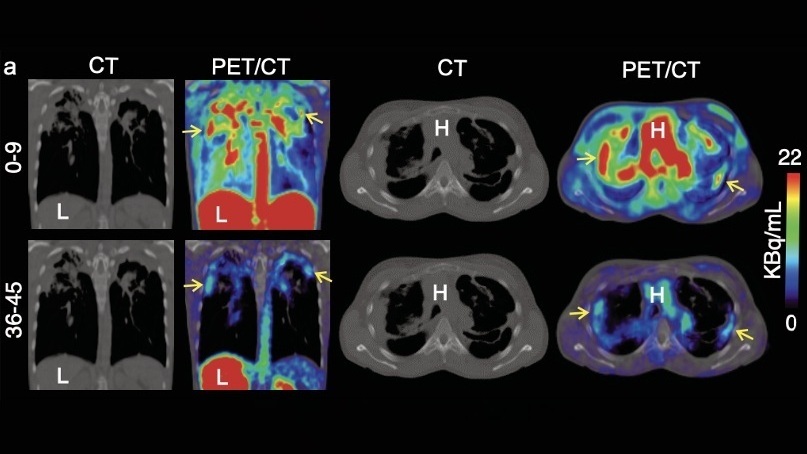
Novel Bacteria-Specific PET Imaging Approach Detects Hard-To-Diagnose Lung Infections
Mycobacteroides abscessus is a rapidly growing mycobacteria that primarily affects immunocompromised patients and those with underlying lung diseases, such as cystic fibrosis or chronic obstructive pulmonary... Read more
New Imaging Approach Could Reduce Need for Biopsies to Monitor Prostate Cancer
Prostate cancer is the second leading cause of cancer-related death among men in the United States. However, the majority of older men diagnosed with prostate cancer have slow-growing, low-risk forms of... Read moreImaging IT
view channel
New Google Cloud Medical Imaging Suite Makes Imaging Healthcare Data More Accessible
Medical imaging is a critical tool used to diagnose patients, and there are billions of medical images scanned globally each year. Imaging data accounts for about 90% of all healthcare data1 and, until... Read more
Global AI in Medical Diagnostics Market to Be Driven by Demand for Image Recognition in Radiology
The global artificial intelligence (AI) in medical diagnostics market is expanding with early disease detection being one of its key applications and image recognition becoming a compelling consumer proposition... Read moreIndustry News
view channel
GE HealthCare and NVIDIA Collaboration to Reimagine Diagnostic Imaging
GE HealthCare (Chicago, IL, USA) has entered into a collaboration with NVIDIA (Santa Clara, CA, USA), expanding the existing relationship between the two companies to focus on pioneering innovation in... Read more
Patient-Specific 3D-Printed Phantoms Transform CT Imaging
New research has highlighted how anatomically precise, patient-specific 3D-printed phantoms are proving to be scalable, cost-effective, and efficient tools in the development of new CT scan algorithms... Read more
Siemens and Sectra Collaborate on Enhancing Radiology Workflows
Siemens Healthineers (Forchheim, Germany) and Sectra (Linköping, Sweden) have entered into a collaboration aimed at enhancing radiologists' diagnostic capabilities and, in turn, improving patient care... Read more













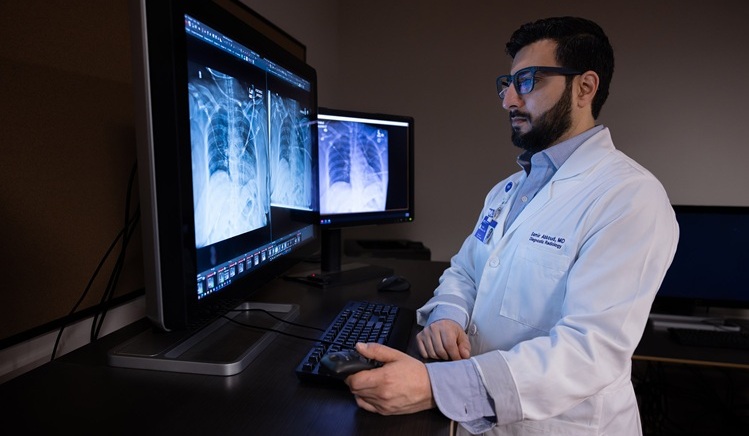
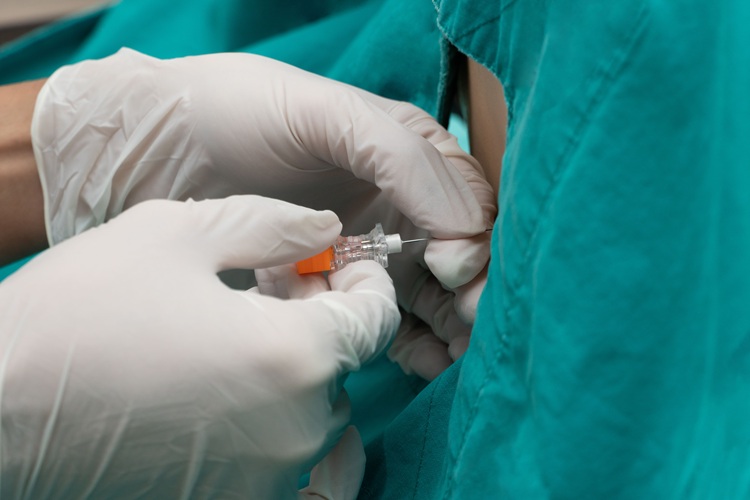
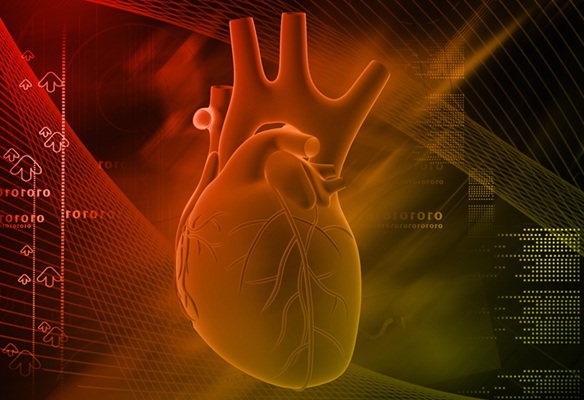

.jpeg)



